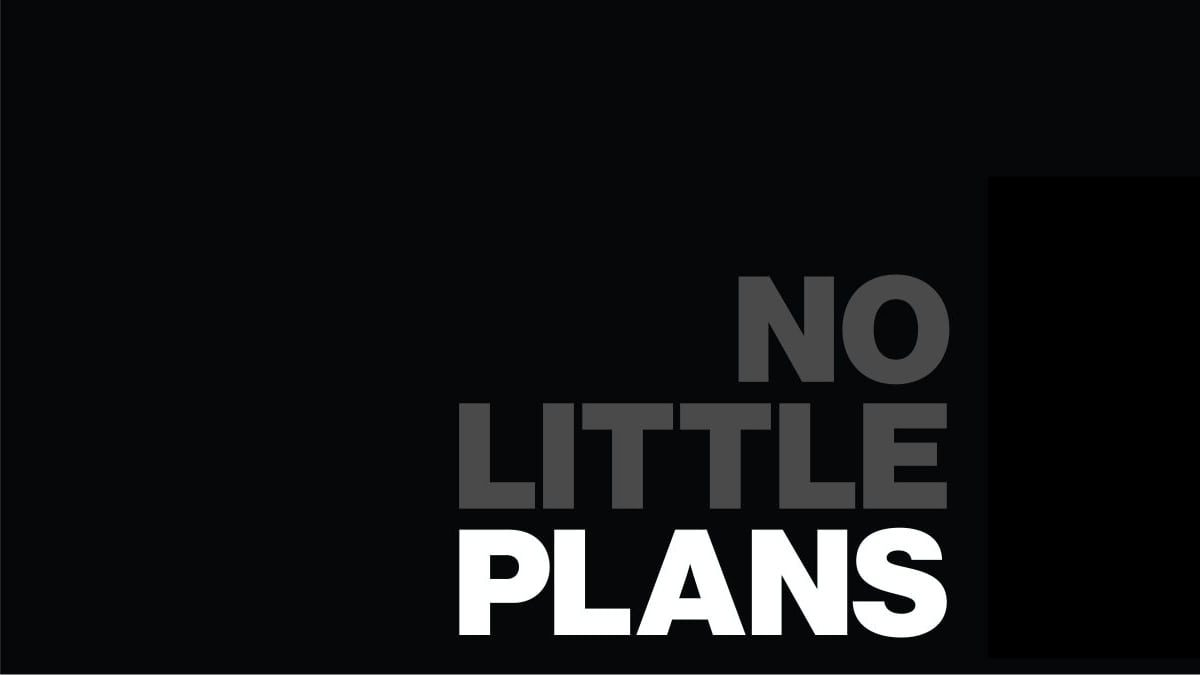Water is a very big deal. Here’s some proof:
- Water covers about 71 percent of the Earth’s surface (USGS Water Science School)
- Oceans represent 99 percent of the planet’s living space when measured by volume (United Nations)
- The livelihoods of more than three billion people are reliant on marine and coastal biodiversity; similarly, oceans are the primary source of protein for three billion people (United Nations)
And here is Vice’s Motherboard asking a very good question: Why Haven’t We Explored the Ocean[s] Like Outer Space?
Sustainable Development Goal 14: Life below Water
The purpose of SDG 14 is to “conserve and sustainably use the oceans, seas and marine resources for sustainable development.” Learn more about its targets and indicators, and track their progress, directly from the UN.
Canada and SDG 14
Canada has the world’s longest coastline—202,080 kilometres spanning the Pacific, Arctic and Atlantic Oceans. The gap between us and number two is massive: That’s Norway, at a mere 58,133 kilometres.
Canada has committed to conserving “at least 10 per cent of coastal and marine areas, consistent with national and international law and based on the best available scientific information” by 2020. According to Fisheries and Oceans Canada and Environment and Climate Change Canada, by 2017, our efforts had covered close to 8 percent.
Alia Dharssi
Alia Dharssi is a Vancouver-based journalist whose work focuses on sustainability, global development and Canada’s policies on plastic pollution. She’s been reporting on the SDGs for the Discourse, and has published articles including:
- “Plastic pollution pileup on Canada’s beaches exposes environmental policy gaps”
- “How microplastics get into the food system”
- “What you can do about plastic pollution”
You can follow more of her work on her own website.
Josh Laughren
Josh Laughren is the executive director of Oceana Canada, an offshoot of an American organization founded to address a deficit in spending on ocean advocacy by environmental advocacy groups. He has spent two decades focusing on conservation and climate change, helping to establish marine protected areas across Canada’s coasts and leading our first Earth Hour.
Much of his interview for this episode relates to this 2016 article he wrote for iPolitics: “What is Ottawa hiding in our oceans?”
It concludes with this challenge to the federal government:
The government of Prime Minister Trudeau was elected on a platform of openness and change. This transparency is needed in the management of our fisheries and oceans and it can be created by taking such actions as making public a list of Canada’s fisheries and their status, and releasing the fisheries checklist that is used to conduct stock assessments.
By delivering on their election promise to increase transparency, the Trudeau government and Fisheries Minister Hunter Tootoo have an historic opportunity to restore our oceans to their healthiest potential, for now and for generations to come.
Marine debris
You can help reduce marine debris by joining the Great Canadian Shoreline Cleanup, a conservation partnership by WWF and Ocean Wise. It began in 1994, when employees and volunteers from the Vancouver Aquarium worked together to remove debris from a beach in Stanley Park. The effort has since gone national, with well over 20,000 cleanups removing more than 1.3 million kg of trash from Canadian shorelines.
